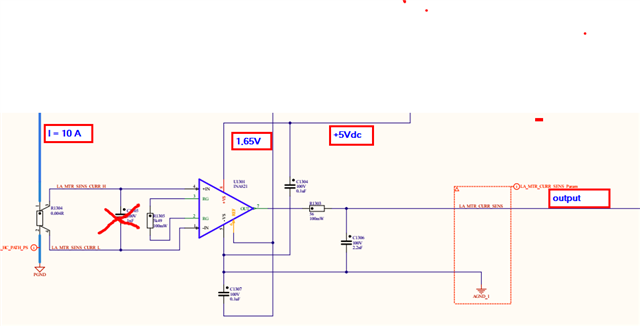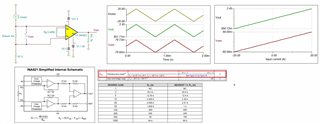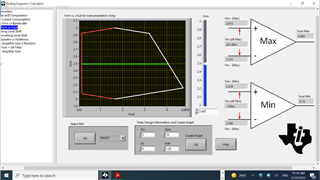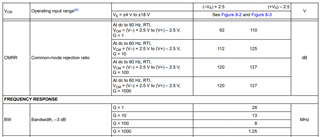Other Parts Discussed in Thread: LM27761, LM2776, INA849
We use the INA821 in a motor current measurement application. the supply voltage is only +5 Vdc. on the REF-INPUT we have connected a reference voltage of 1,65V dc to move up the zero point to 1,65V. THat shall allow us to measure also possible negative current. A shunt resistor of 4 mOHM is connected between the differential measutrement inputs pin 1 and 4. A CURRENT is flowing through the shunt in the range from 0 to 20 A.
the Gain is set to G=10. THE output of the INA 821 stays on the level of the reference voltage. FOR a current flow of 10 A i have expected to measure on the output of a voltage of 1,69V. BUT I measure still 1,65 V. OVER THE shunt of 4mOHM i MEASAURE A VOLTAGE OF 4 mV. BUT THIS VOLTAGE is not recogniced by the INA821. we don'Tt understand the behaviour of the ina 821.The figure below describes the circuit i have described above.







